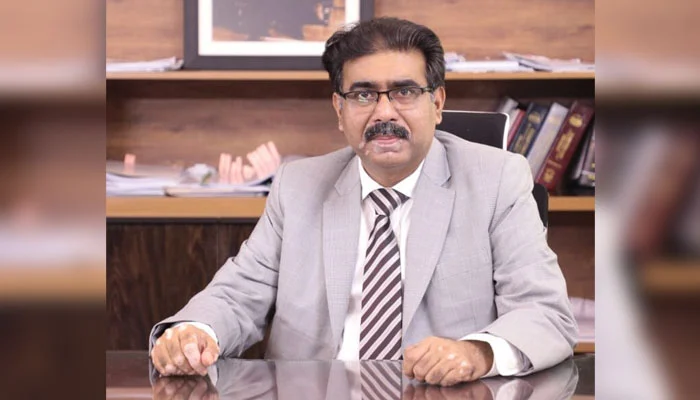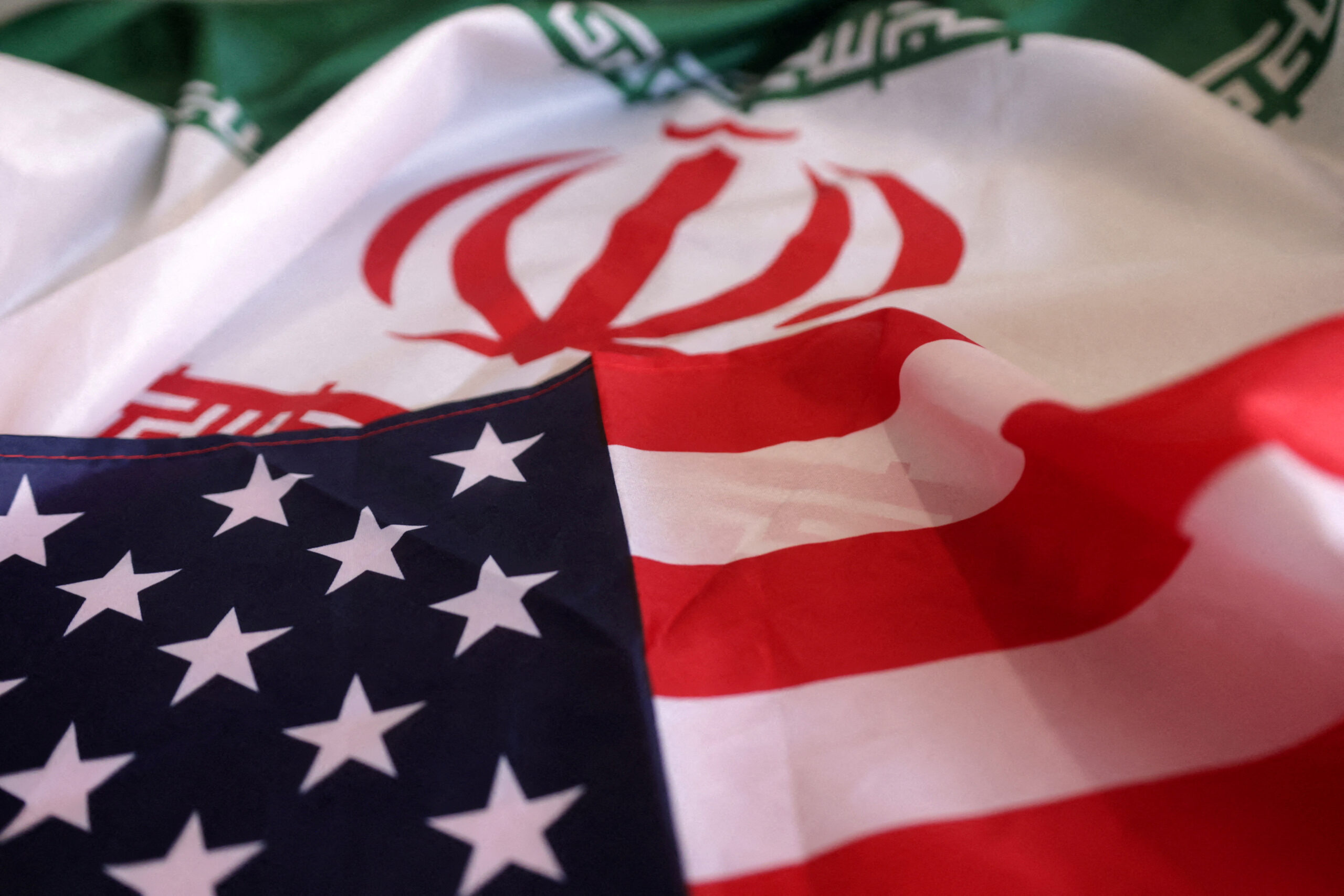Dr Azeem Ahmed
Cotton is an incredibly important crop for both agricultural and industrialized countries due to its versatile applications and significant economic impact. From an agricultural standpoint, cotton plays a crucial role in the livelihoods of millions of farmers around the world. It is a major cash crop that provides income and employment opportunities for agricultural communities, particularly in developing countries. The cultivation of cotton often serves as a primary source of sustenance for smallholder farmers and contributes significantly to rural economies, providing stability and income diversification for farming households.
From an industrial perspective, cotton is a key raw material for the textile industry, which is a major contributor to the economies of many countries. The textile industry relies heavily on cotton as the primary source of natural fiber for producing a wide range of products, including clothing, home textiles, and industrial textiles. As a result, the demand for cotton has a direct and substantial impact on the textile sector, which in turn influences employment, trade, and economic growth. The cotton industry creates jobs not only in the cultivation of the crop but also in various stages of the supply chain, including ginning, spinning, weaving, and garment production.
In addition to its economic significance, cotton also has environmental and social implications. It is a renewable and biodegradable resource, making it a sustainable choice for textile production compared to synthetic fibers. Furthermore, cotton cultivation can have social benefits by providing employment opportunities and contributing to the overall development of rural communities, particularly in regions where cotton farming is a primary economic activity.
Therefore, the importance of cotton as a crop extends beyond its agricultural value. It is a crucial component of the global textile industry, a source of livelihood for millions of farmers, and a significant contributor to the economies of many countries. Its impact on trade, employment, and sustainability makes cotton a vital crop for both agricultural and industrialized nations.
The current economic situation in Pakistan presents formidable challenges. Although the government has initiated some positive measures to tackle these issues, achieving national development and prosperity remains a distant goal as long as the country remains reliant on the IMF for support.
In order to attain economic stability and growth, it is imperative to prioritize and take urgent steps towards modernizing agricultural research, particularly in the field of cotton production. Regrettably, there is a noticeable lack of emphasis on research within the cotton sector.
Historically, Pakistan held a leading position in cotton production compared to India until the 1990s. However, the tables have turned, with India now surpassing Pakistan and securing the top spot in global cotton production. In the 2023-24 season, India produced 34.7 million bales of cotton, constituting 25% of the world’s total production, while Pakistan’s production stands at a mere 8-9 million bales, making it the fifth largest producer with only a 4-5% share in global production. India has ambitious plans to further increase its cotton production to over 40 million bales by 2030, whereas Pakistan faces uncertainty due to various factors impacting cotton cultivation and production.
According to the Indus River System Authority (IRSA) report, there is a 35% water shortage this year, leading to a reduction in the target for cotton cultivation from 5 million acres to 4 million acres in the Punjab region. Furthermore, the area dedicated to sugarcane and paddy crops is expanding in cotton-cultivated areas, and the government has not announced the support price for cotton.
In contrast, India has set support prices for 31 crops, whereas Pakistan has only fixed support prices for wheat and sugarcane. The cotton research institutes and the textile industry have the potential to alleviate Pakistan’s dependence on the IMF. Unfortunately, the current government’s attention to these sectors is inadequate.
It is crucial to reassess the situation and devise a strategic path forward for the country. Presently, India allocates 0.4% of its total GDP to research and development, while Pakistan’s expenditure in this area is less than half of that. Without substantial investment in research, the desired outcomes cannot be achieved.
The Pakistan Central Cotton Committee (PCCC), the primary cotton research organization under the Ministry of National Food Security and Research, is facing a severe financial and administrative crisis. Established after Pakistan’s independence, the committee is currently in dire straits, with around 1100 agricultural scientists and employees not receiving salaries and pensions for the last 22 months.
The financial resources of the cotton committee depend on a cotton cess of Rs 50 per bale of cotton, a rate set in 2012 and unchanged since. However, the textile industry has stopped paying the cotton cess since 2016, resulting in the accumulation of over 3 billion rupees in unpaid cotton cess.
The government urgently needs to address this issue by sealing the defaulting textile mills and holding tax evaders accountable. Additionally, the import and export of the textile industry should be contingent upon the payment of cotton cess, and NOCs should not be issued to mills until they settle their outstanding dues.
It is also essential to establish a national commission to investigate the decline in cotton production, holding all stakeholders accountable, including the PCCC. This commission can shed light on the reasons for the decline and formulate strategies to rejuvenate cotton production in the future.
In stark contrast to other countries, where extensive government and private sector support is evident in cotton research and development, Pakistan’s largest research body, the Cotton Committee, does not receive government funding for salaries, pensions, or operational expenses.
In India, the government offers substantial subsidies and incentives to cotton farmers for agricultural inputs, invests in irrigation infrastructure, ensures access to water, and provides modern farming machinery. Moreover, research and development in cotton farming is prioritized, and the prices of seeds, fertilizers, and pesticides are reasonable.
The examples of other countries demonstrate how funding mechanisms can promote cotton research and development. Consequently, it is imperative for Pakistan to allocate resources and attention to this critical sector in order to revitalize cotton production and regain its competitive edge in the global market.

















